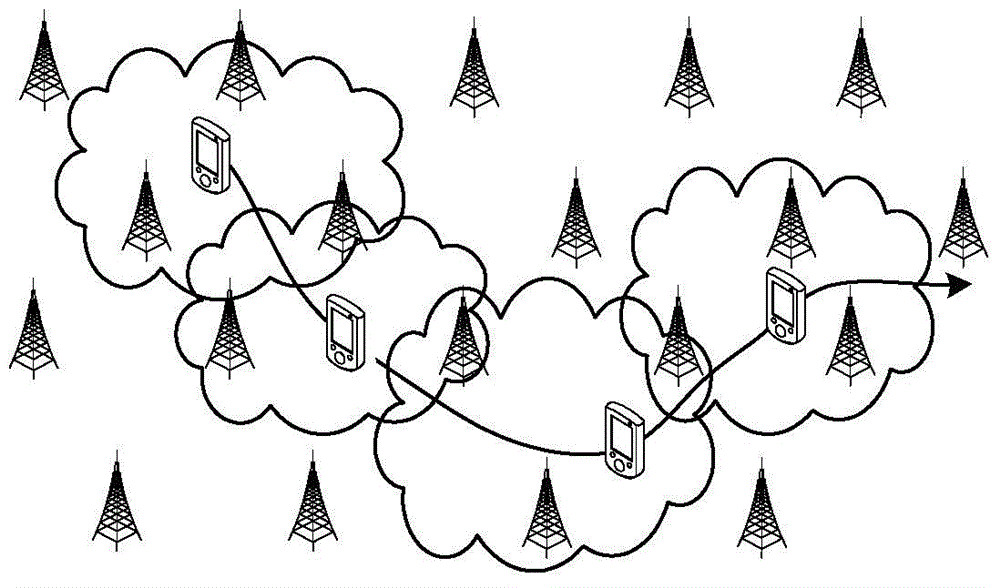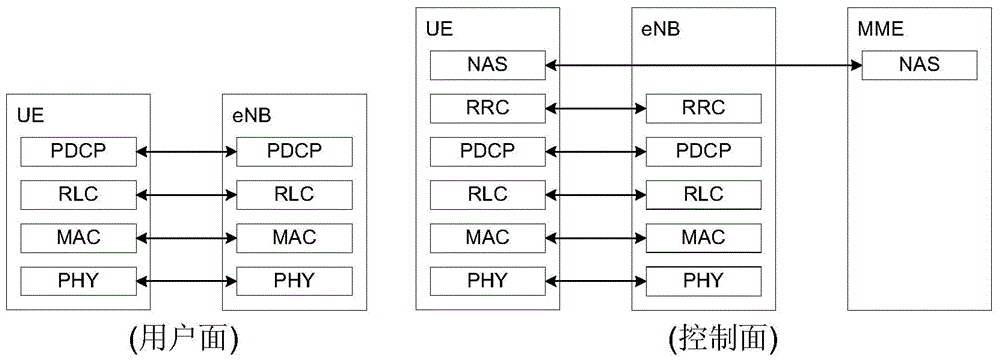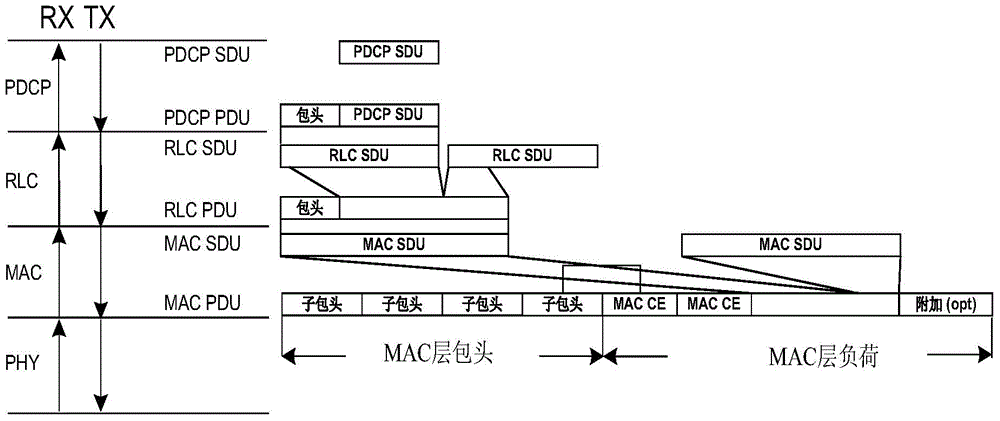Data synchronous processing method and data synchronous processing device
A technology of data synchronization and processing method, applied in the field of communication, can solve problems such as data synchronization, and achieve the effect of controlling data synchronization overhead and implementation complexity
- Summary
- Abstract
- Description
- Claims
- Application Information
AI Technical Summary
Problems solved by technology
Method used
Image
Examples
Embodiment 1
[0137] The following example illustrates how the transmission point in the virtual cell obtains the data packet from the gateway (or gateway):
[0138] Figure 8 is a schematic diagram of a transmission point obtaining virtual cell data through a wired backhaul according to an embodiment of the present invention, as shown in Figure 8 As shown, transmission point TP0 / TP1 / TP2 (such as Figure 8 -(A), Figure 8 - (B) shown) or transmission point TP0 / TP1 / TP2 / TP3 / TP4 (such as Figure 8 -(C), Figure 8 - (shown in D)) form the virtual cell of the terminal, and obtain data from the gateway (GW, Gateway) through wiredbackhaul, where TP0 is masterTP, and the data can already be obtained through the gateway.
[0139] for Figure 8 - (A) ring network structure, the data packets from the gateway are on the "ring" formed by each TP. TP0 transmits the reception information of the data packet from the gateway to TP1 / TP2 through the interface between TPs, so that TP1 / TP2 can identify a...
Embodiment 2
[0150] Figure 10 It is a schematic diagram of a transmission point obtaining virtual cell data through PDCP layer packet forwarding to realize data synchronization according to an embodiment of the present invention, as shown in Figure 10 As shown, the transmission point TP0 / TP1 / TP2 (such as Figure 10 ) constitute the virtual cell of the terminal. T0 is the masterTP, which obtains data from the gateway (GW, Gateway) through wiredbackhaul (TP1 / TP2 can be connected to the gateway through wiredbackhaul, or not connected to the gateway). TP0 encapsulates the data from the gateway at the PDCP layer to form a PDCP layer PDU. TP0 uses wireless backhaul to send PDCP layer PDUs to TP1 / TP2 to realize data synchronization between TP0 / TP1 / TP2.
[0151] TP0 can forward data packets in broadcast mode, or send data packets to TP1 / TP2 in unicast mode.
[0152] Such as Figure 10- As shown in (A), the terminal moves toward TP1 from a position closer to TP0. TP0 / TP1 / TP2 achieves data s...
Embodiment 3
[0155] Figure 11 It is a schematic diagram of a transmission point obtaining data of a virtual cell through a wired backhaul according to an embodiment of the present invention, and using PDCP / RLC / MAC synchronization information to realize data synchronization, as shown in Figure 11 As shown, the transmission point TP0 / TP1 / TP2 forms the virtual cell of the terminal, and obtains data from the gateway (GW, Gateway) through wired backhaul (taking the ring network structure as an example, other network structures and methods for obtaining gateway data are as in Embodiment 1 ), where TP0 is masterTP.
[0156] The following introduces two methods to realize PDCP / RLC / MAC data synchronization
[0157] Method 1: Each TP implements PDCP / RLC / MAC layer synchronization at the same time, such as Figure 11 -As shown in (A)
[0158] TP0 sends the data synchronization information of the PDCP / RLC / MAC layer together to TP1 and TP2 in the virtual cell (by broadcasting or to TP1 / TP2 respecti...
PUM
 Login to View More
Login to View More Abstract
Description
Claims
Application Information
 Login to View More
Login to View More - R&D
- Intellectual Property
- Life Sciences
- Materials
- Tech Scout
- Unparalleled Data Quality
- Higher Quality Content
- 60% Fewer Hallucinations
Browse by: Latest US Patents, China's latest patents, Technical Efficacy Thesaurus, Application Domain, Technology Topic, Popular Technical Reports.
© 2025 PatSnap. All rights reserved.Legal|Privacy policy|Modern Slavery Act Transparency Statement|Sitemap|About US| Contact US: help@patsnap.com



